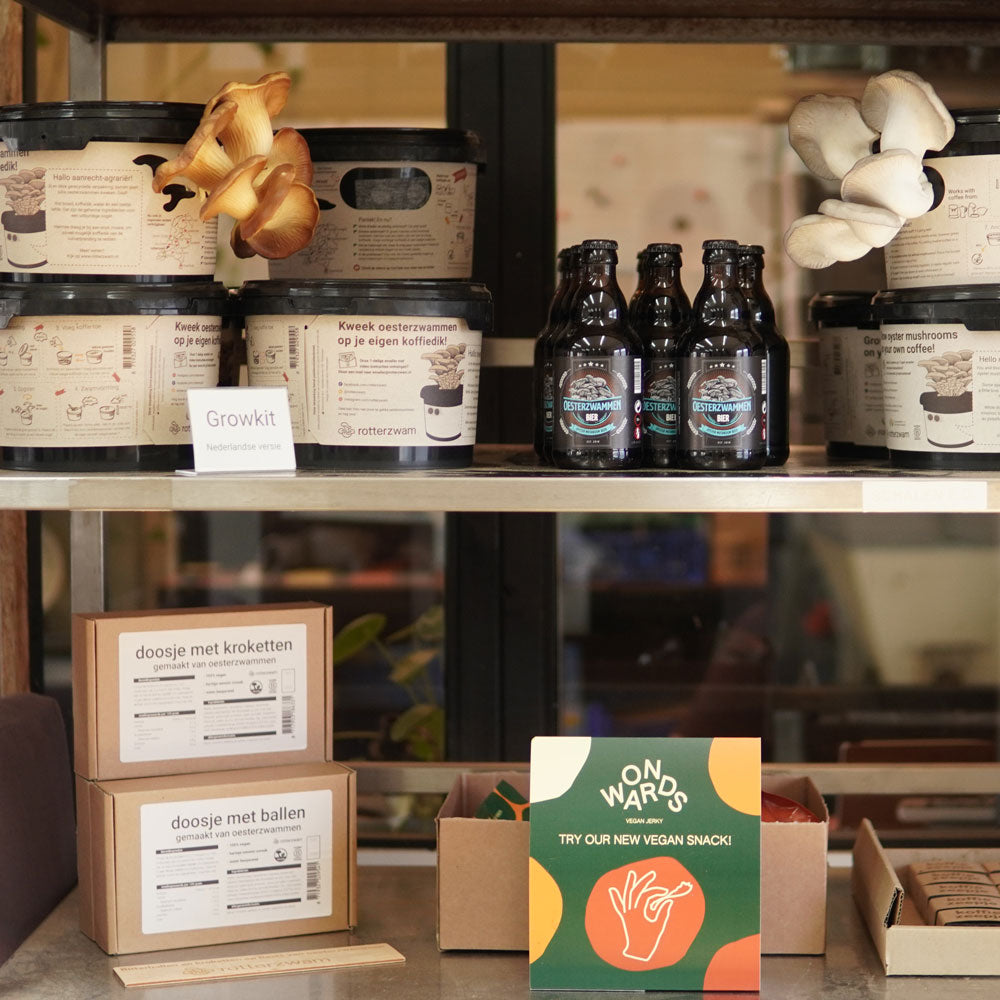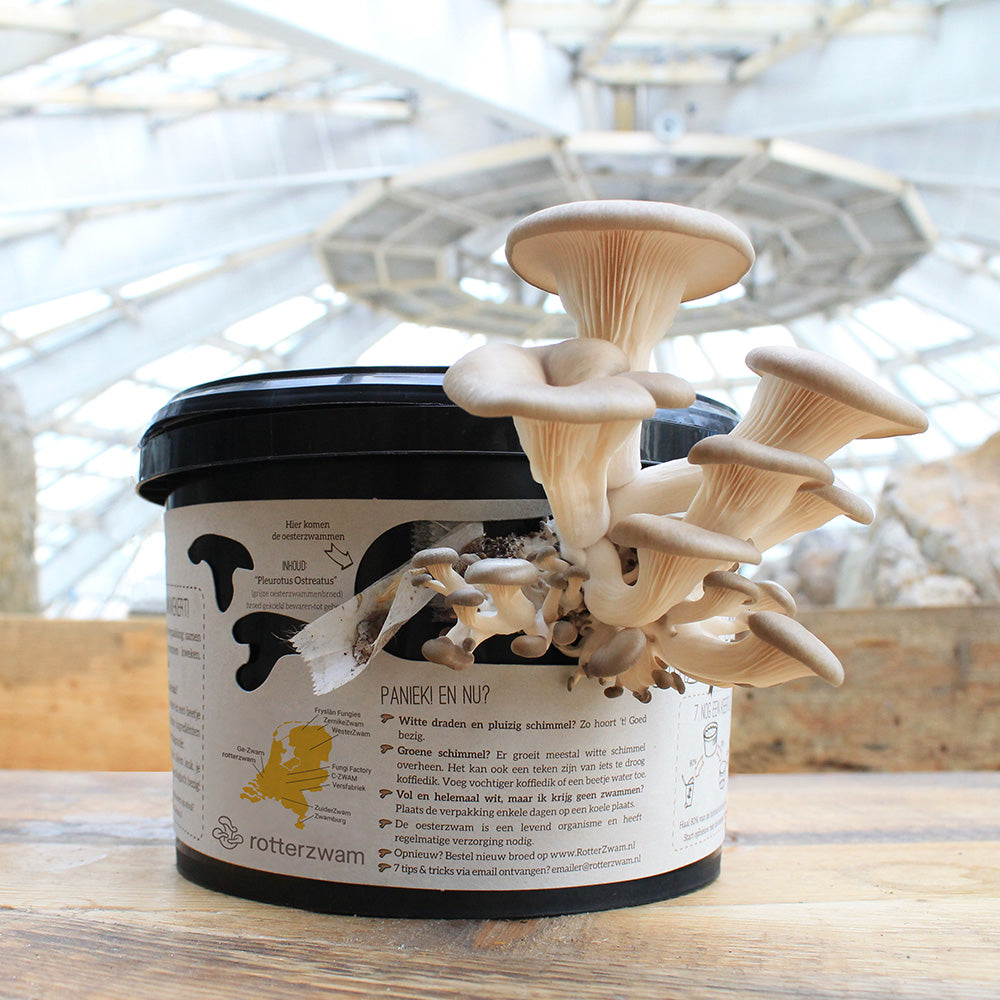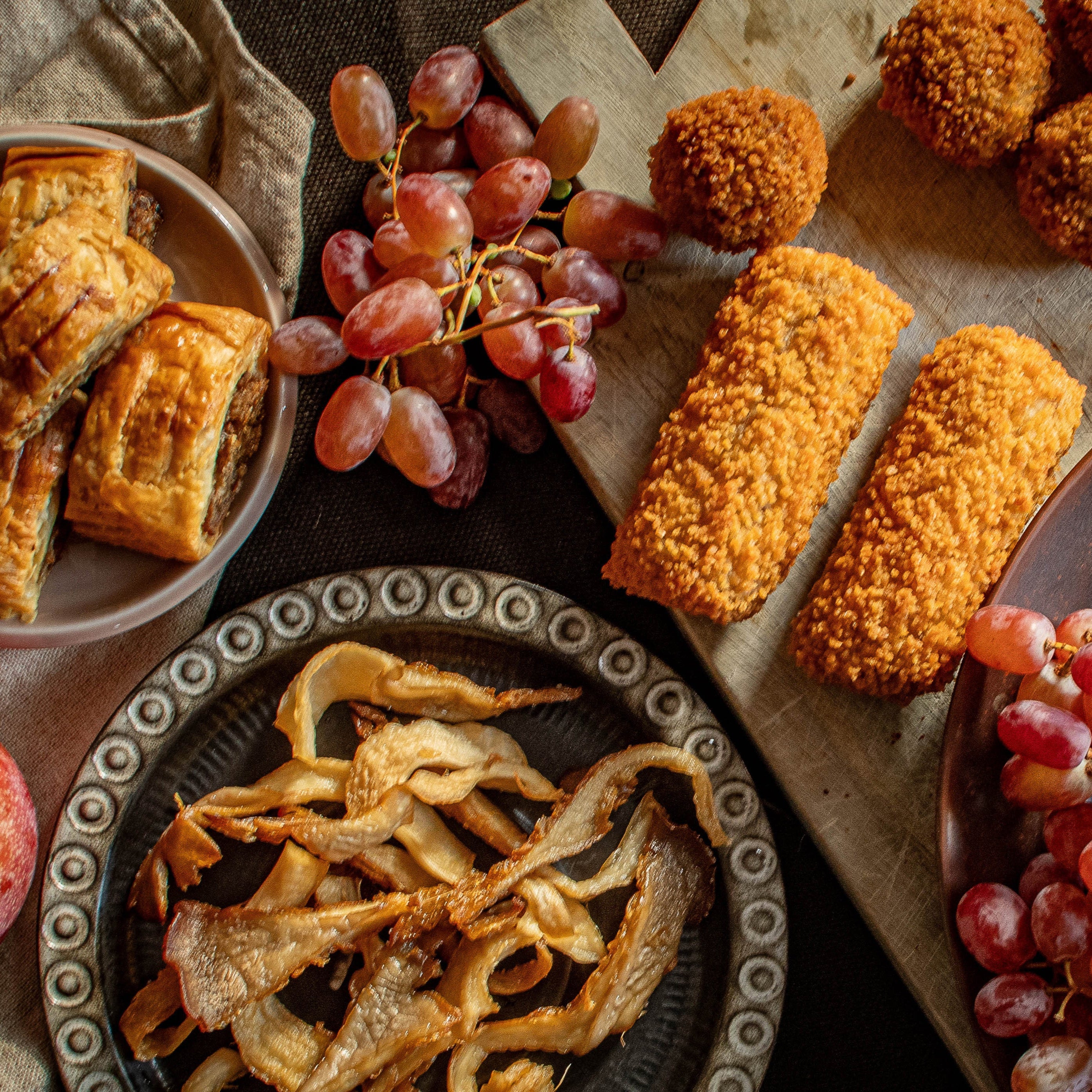- All posts
- Afvalwetgeving veranderen
- B Corp
- Bekroond circulair concept
- circulaire economie
- Circulaire paddestoelen Substraat Faciliteit
- Diensten presentatie
- Duurzaam cadeaupakket
- Impact rapportage's
- koffiedik collectie
- koffiedik inzamelen
- koffiedik ophalen
- MLN
- organische reststromen
- Product presentatie
- Recepten
- samenwerkingen
- stage
- Terug naar de bodem

Sporo - From urban waste stream to mushroom
Making substrate from coffee grounds, among other things, isn't easy. That's the conclusion we can safely draw after the past 12 years. Sterilizing this residual flow is essential, especially if...
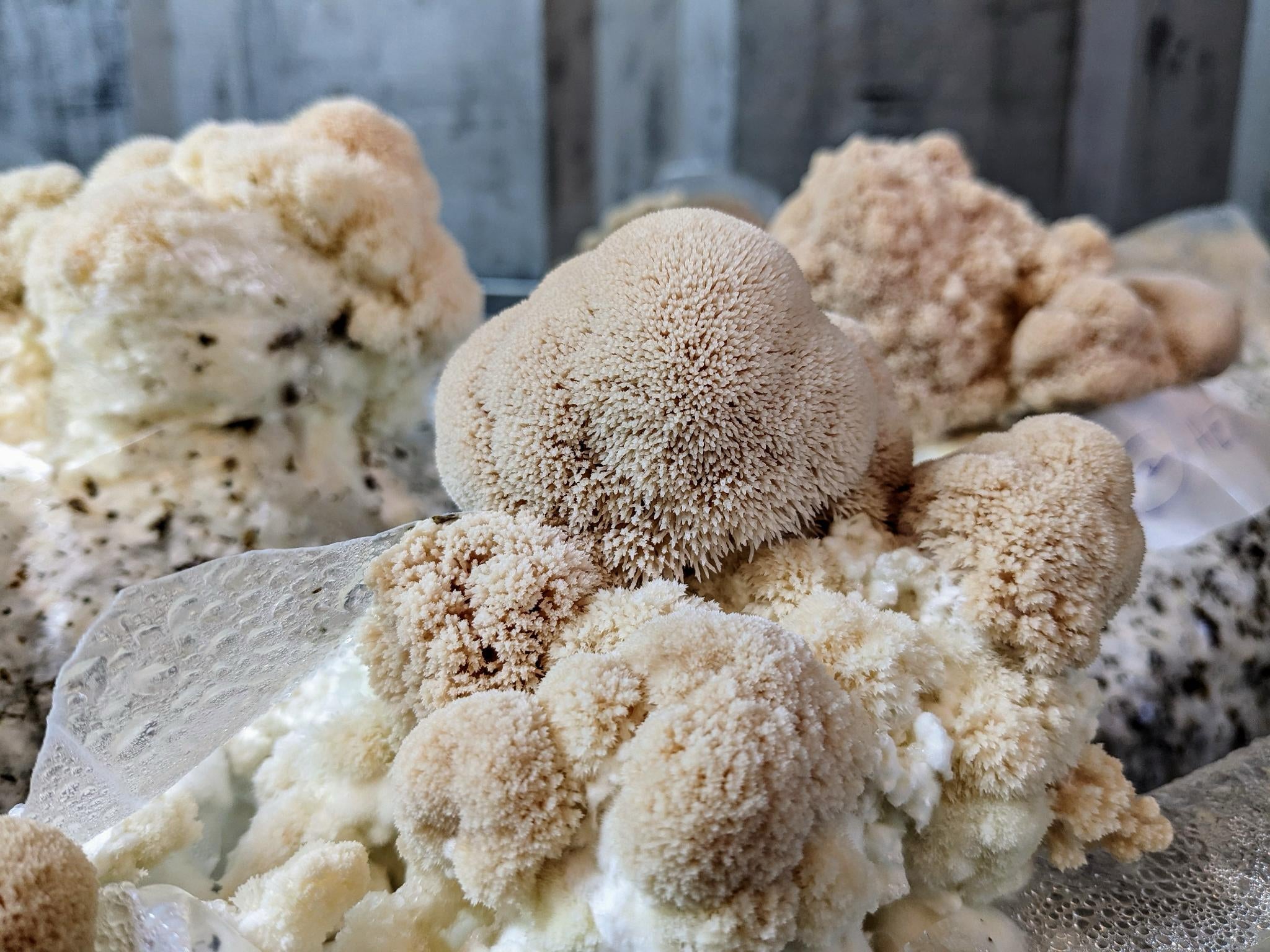
Step 4 The first results are positive - Lion's mane on coffee grounds
Coffee grounds naturally contain many spores of microorganisms. As soon as the coffee grounds remain in the machine, a race of organisms begins to colonize this medium. You'll barely see any signs ...
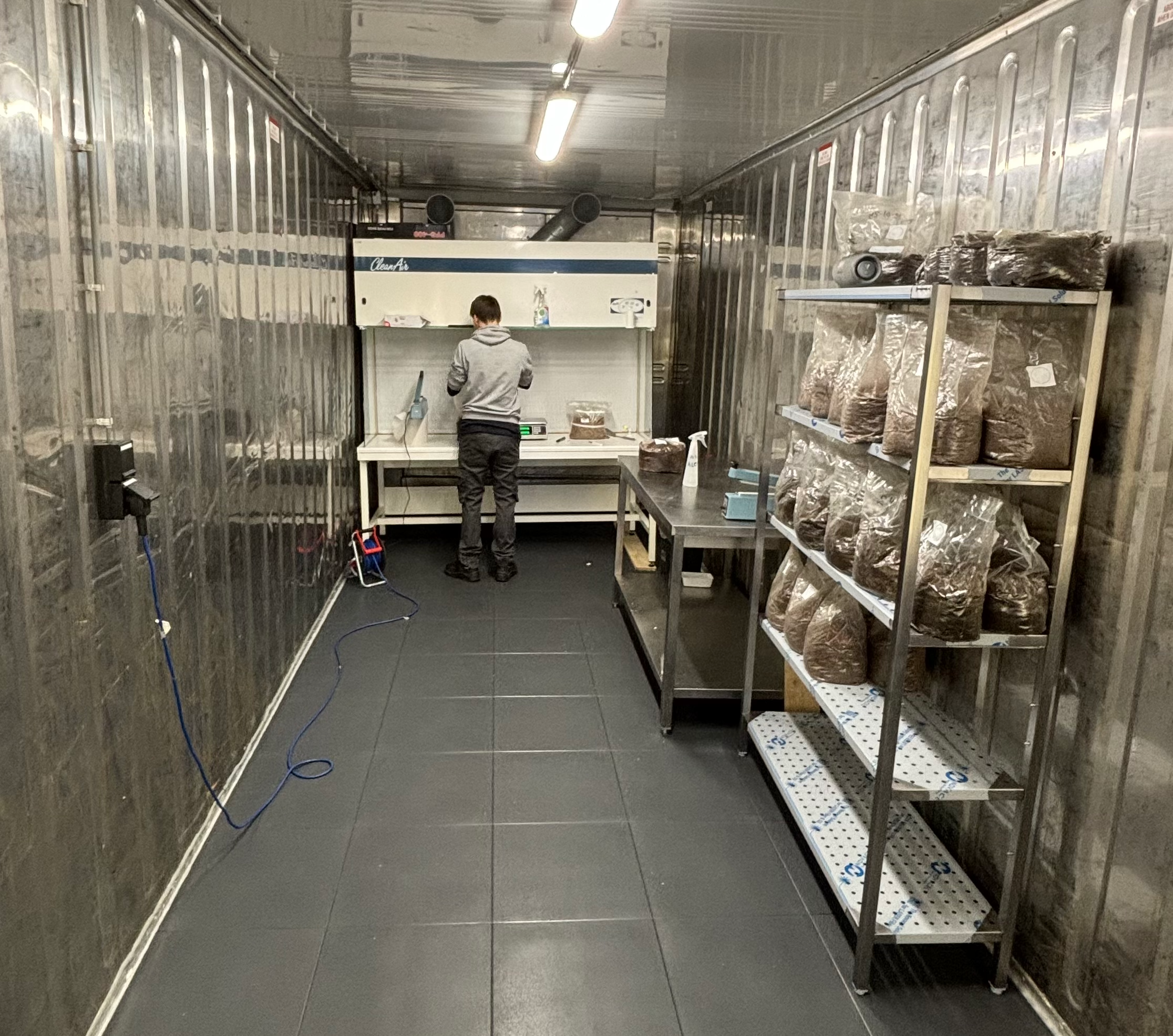
Step 3 Research Circular Mushroom Substrate Facility
We have put our incubation space into use. We converted a 40ft reefer container into an incubation space. We divided this container into three areas. Entrance: small space to change clothes ...
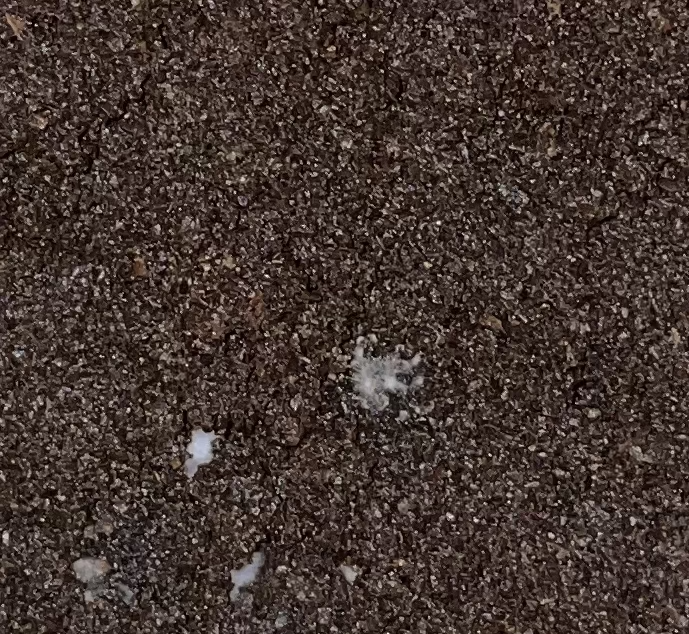
Step 2 Research Circular Mushroom Substrate Facility
We have already conducted initial tests on pasteurizing and sterilizing coffee grounds on a small scale. We're using a steam tank (see photo), a drying oven, and pressure cookers to conduct i...

Step 1 Research into a Circular Mushroom Substrate Facility
Approximately 200,000 tons of coffee grounds are produced annually. About 30% ends up in offices or the hospitality industry. These 60,000 tons are usually disposed of as residual waste and inciner...

